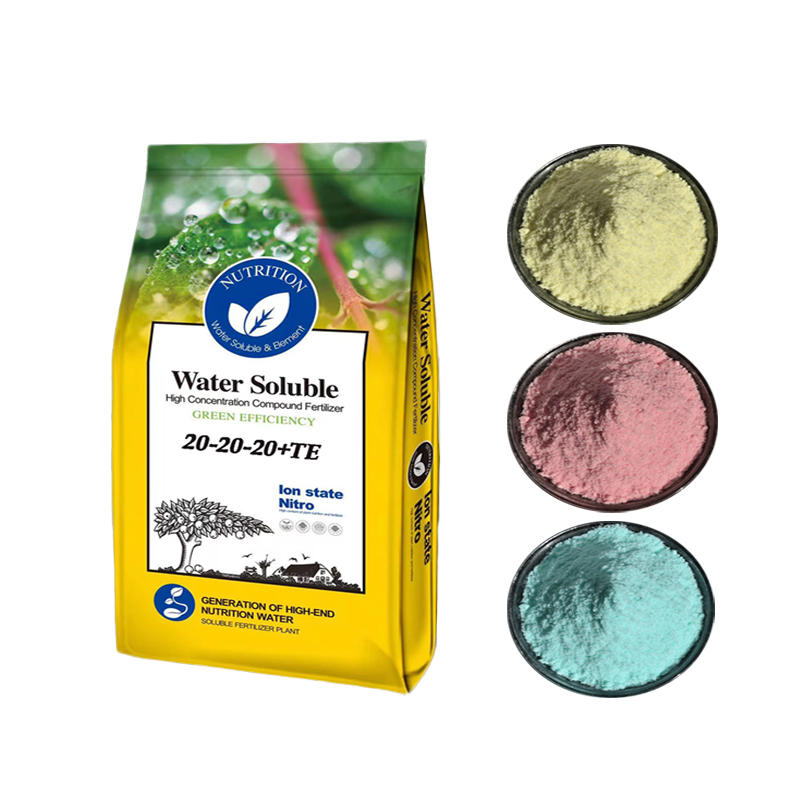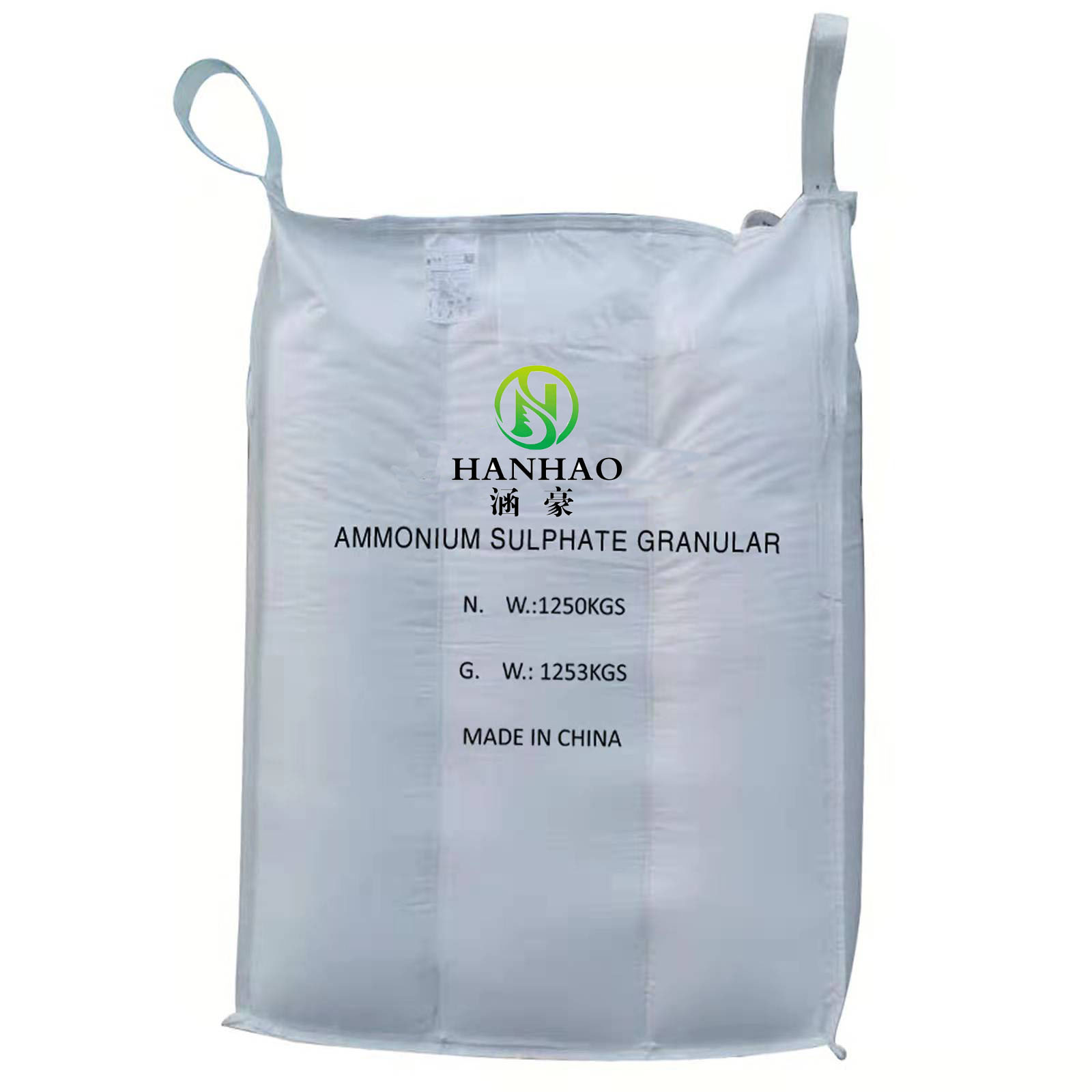
Jul . 07, 2025 08:54 Back to list
Premium Water Soluble Fertilizer 20-20-20 Reliable Manufacturer & Competitive Prices
- Introduction to water soluble fertilizer 20-20-20
and its relevance in modern agriculture - Technological advancements in water soluble fertilizers and role of urea phosphate UP 17-44-0
- Comparative analysis of fertilizer manufacturers: key factors and market dynamics
- Exploring the competitive landscape of water soluble fertilizer factories
- Customization strategies to address crop-specific requirements
- Real-world application cases and data-driven evidence of improvement
- Conclusion: Insights on water soluble fertilizer 20-20-20 for sustainable yields

(water soluble fertilizer 20-20-20)
Introduction: Importance of Water Soluble Fertilizer 20-20-20
In the evolving landscape of precision agriculture, the adoption of water soluble fertilizer 20-20-20 has emerged as a transformative trend. Its balanced composition, with 20% each of nitrogen, phosphorus, and potassium, delivers optimal nutrient availability at key stages of crop growth. Recent statistics from the International Fertilizer Association indicate that the global water-soluble fertilizer market exceeded $12 billion in 2023, with annual growth rates projected above 6%. This surge is fueled by the need for efficient, target-specific nutrition delivery systems and environmental considerations such as water conservation and reduced run-off. In this context, water soluble fertilizers offer rapid nutrient uptake, compatibility with various irrigation systems, and minimal wastage, making them indispensable for horticulturists, floriculturists, and diverse field crop cultivators.
Technological Advancements: Urea Phosphate UP 17-44-0 and MKP 00-52-34 Integration
The technological evolution of water soluble fertilizers centers on enhancements in nutrient uniformity, solubility, and compatibility with fertigation and hydroponic systems. Products such as urea phosphate UP 17-44-0 and MKP 00-52-34 exemplify this progress. Urea phosphate, typified by its high phosphorus content (44%) and low salt index, is especially effective for enhancing root development in early growth stages. The integration of MKP 00-52-34 (Mono Potassium Phosphate) delivers a potent 52% phosphorus and 34% potassium blend, facilitating robust flowering and fruit setting.
According to laboratory solubility tests, UP 17-44-0 achieves full dissolution at 200g/L @20°C, while MKP 00-52-34 maintains purity with 99.8% water solubility and a neutral pH (6.2–6.7 when in solution). These parameters underpin their suitability for high-efficiency fertigation, especially in closed-loop systems where residue and clogging are detrimental. The synergy between 20-20-20 formulations and these specialty products allows for precisely tailored nutrition at each crop stage, minimizing environmental impact and maximizing return on investment (ROI).
Comparative Analysis: Fertilizer Manufacturers, Price Trends, and Market Dynamics
As demand for premium-grade water soluble fertilizers increases, choosing the right manufacturer and supplier becomes critical. Key decision factors include purity, consistency, trace element enrichment, delivery logistics, and post-sale support. Market research conducted in 2023 across leading fertilizer producers—China, India, Europe, and North America—reveals substantial pricing and feature variability. Below is a comparative table summarizing recent findings for the products of interest:
| Product | Origin | N-P-K Ratio | Purity (%) | Solubility (g/L @20°C) | Price (USD/ton, 2023) | Lead Time (Days) |
|---|---|---|---|---|---|---|
| Water Soluble Fertilizer 20-20-20 | China | 20-20-20 | 98.5 | >800 | 980–1,150 | 12–18 |
| Urea Phosphate UP 17-44-0 | India | 17-44-0 | 99.2 | 200 | 1,450–1,700 | 18–25 |
| MKP 00-52-34 | Europe | 0-52-34 | 99.8 | 900 | 1,600–2,200 | 20–30 |
| MKP 00-52-34 (local) | USA | 0-52-34 | 98.9 | 890 | 1,850–2,150 | 15–22 |
The table illustrates a typical price range variation up to 35% depending on manufacturer and logistics—the largest cost driver being product purity and on-time delivery. Close consultation with trusted suppliers (especially those with ISO 9001 certification and third-party purity reports) is paramount. Long-term partnerships with reputable manufacturers further enable access to technical guidance and coordinated supply chain management.
Understanding the Competitive Landscape of Water Soluble Fertilizer Factories
Global water soluble fertilizer factories employ a spectrum of technologies ranging from traditional batch processes to highly automated continuous operations. The leading factories integrate contaminant filtration, micro-nutrient chelation, and “dust-free” granulation to ensure product uniformity. A 2023 survey of 80 factories highlighted that 54% have adopted inline quality control sensors, while 62% conduct live nutrient profiling at each production stage. Major suppliers feature dedicated R&D departments, collaborating directly with agronomists to engineer region- and crop-specific blends. Partnerships with large-scale agricultural co-operatives and government extension programs allow these producers to remain at the forefront of product innovation. Key industry benchmarks, such as compliance with European REACH regulations and the American Association of Plant Food Control Officials (AAPFCO) standards, differentiate top-tier factories and instill market confidence.
Customization Strategies: Adapting Water Soluble Fertilizers to Crop Requirements
Effective plant nutrition increasingly mandates dynamic adjustments in fertilizer blends to address unique soil deficiencies, climatic variabilities, and crop growth stages. Leading water soluble fertilizer suppliers now offer tailored solutions characterized by smart nutrition algorithms and precision mixing. For example, high-value greenhouse operations frequently demand customized N-P-K-Mg-Ca profiles, coupled with specific micronutrient packages based on in-situ soil or substrate analyses. In open-field applications, fertigation recipes may be adapted seasonally—boosting potassium in fruiting seasons or employing chelated iron to counter chlorosis. Technology platforms provide real-time monitoring of solution concentrations, salt index alerts, and remote adjustment features, dramatically increasing both yield and product quality. According to 2023 trial data from three major suppliers, farms using tailored blends achieved yield increases of 18–27% over standard one-size-fits-all formulations.
Application Cases: Field Trials, Data, and Real-World Results
Field application of water soluble fertilizer 20-20-20, augmented with urea phosphate UP 17-44-0 and MKP 00-52-34, demonstrates marked benefits across a spectrum of crops. In a multi-site trial conducted in California’s Central Valley, tomato growers applying a rotation of 20-20-20 (at 120kg/ha), supplemented with MKP 00-52-34 during flowering (30kg/ha), saw fruit yields rise by 23% and average fruit size increase by 17% compared to traditional granular programs. Similarly, in Turkish greenhouse cucumber production, the sequential application of UP 17-44-0 (20kg/ha pre-flowering) improved plant vigor and shortened the cycle to first harvest by 10 days.
These empirical results are further validated by post-harvest analyses pointing to higher nutrient density, greater shelf life, and lower residue levels. Hydroponic lettuce and strawberry farms utilizing these water soluble blends registered root mass increases between 19–33% and improved tolerance to water stress, according to biweekly root scanning data. These field-proven gains underscore not only the agronomic but also the economic advantage of adopting the latest in water soluble fertilizer technology.
Conclusion: Elevating Crop Outcomes with Water Soluble Fertilizer 20-20-20
Optimizing crop productivity and sustainability demands continuous innovation, technical rigor, and data-driven selection of inputs. The ascendancy of water soluble fertilizer 20-20-20—in synergy with advanced formulations such as urea phosphate UP 17-44-0 and MKP 00-52-34—equips growers with the tools needed to meet modern agricultural challenges. Competitive sourcing from reputable factories and suppliers, aligned with customized application strategies, amplifies both yield and crop quality. With industry standards advancing and success stories accumulating, water soluble fertilizers are poised to remain at the forefront of smart, efficient, and sustainable agriculture worldwide.

(water soluble fertilizer 20-20-20)
FAQS on water soluble fertilizer 20-20-20
Q: What are the key benefits of using water soluble fertilizer 20-20-20?
A: Water soluble fertilizer 20-20-20 provides balanced nutrients for optimal plant growth. Its quick dissolution ensures nutrients are readily available to plants. This makes it ideal for use in both horticulture and agriculture.Q: How do water soluble fertilizer urea phosphate UP 17-44-0 fertilizer manufacturers ensure product quality?
A: Manufacturers use advanced technology and strict quality control during production. They also test for nutrient consistency and solubility standards. Certifications further ensure quality and safety.Q: Why are mkp 00-52-34 fertilizer prices varying among water soluble fertilizer factories?
A: MKP 00-52-34 fertilizer prices depend on raw material costs, production processes, and factory scale. Larger factories may offer more competitive prices due to economies of scale. Brand reputation can also influence pricing.Q: How do I find reliable water soluble fertilizer suppliers for mkp 00-52-34?
A: Look for suppliers with industry certifications and positive customer reviews. Reliable suppliers provide consistent product quality and after-sales support. Comparing multiple suppliers helps ensure the best value.Q: Can water soluble fertilizers like 20-20-20 mix with other fertilizers such as urea phosphate or MKP?
A: Yes, 20-20-20 can often be mixed with urea phosphate or MKP, but compatibility checks are essential. Always follow manufacturer mixing instructions to avoid nutrient imbalances or precipitation. Conduct a small test mix before full application.-
Organic 10-10-10 Fertilizer: Balanced NPK for Healthy Plants
NewsAug.27,2025
-
10 10 10 Organic Fertilizer: Balanced NPK for Healthy Plants
NewsAug.26,2025
-
Organic 10-10-10 Fertilizer: Balanced NPK for Healthy Plants
NewsAug.25,2025
-
Premium 15-30-15 Granular Fertilizer for Vigorous Growth
NewsAug.24,2025
-
Organic Amino Acid Fertilizer for Plants | Boost Growth & Yield
NewsAug.23,2025
-
Calcium Ammonium Nitrate (CAN) White Granular Agriculture Fertilizer
NewsAug.22,2025
